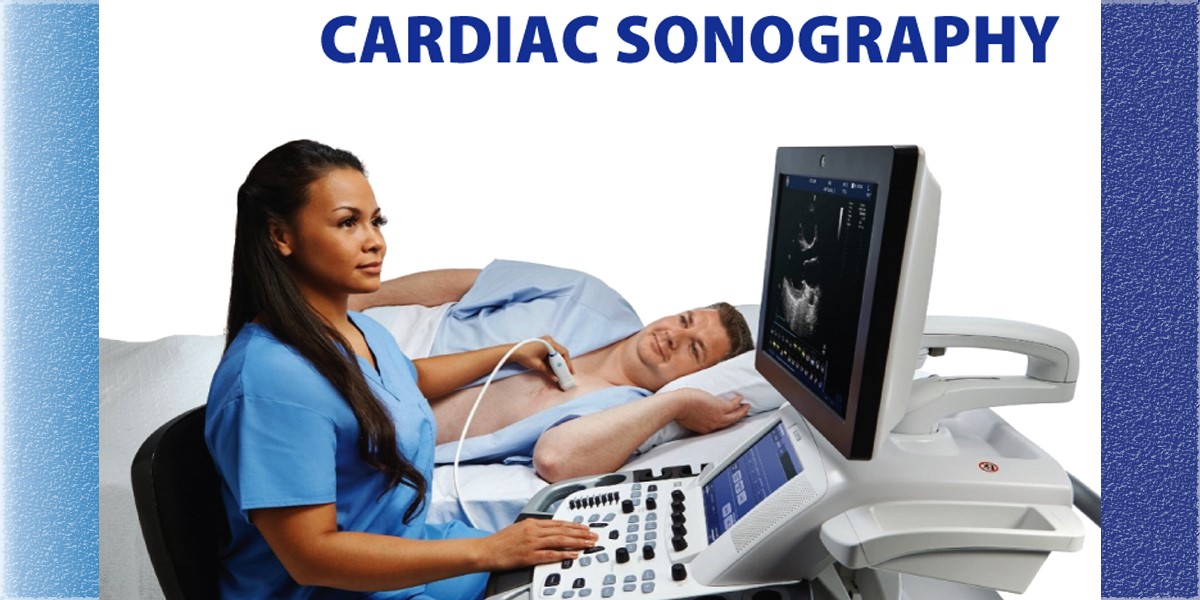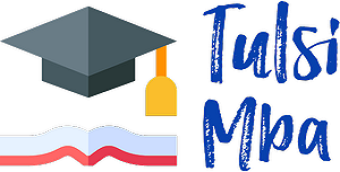Introduction
20 Ways to Become a Certified Cardiac Sonographer in the US; Cardiac sonography is an important field within the healthcare industry that involves using ultrasound technology to diagnose and treat heart conditions. As a cardiac sonographer, you will work closely with patients, physicians, and other healthcare professionals to ensure accurate diagnosis and treatment. Becoming a certified cardiac sonographer in the USA requires specialized training and education. In this blog post, we will discuss ten ways to become a certified cardiac sonographer in the US.

1. Complete a Cardiac Sonography Program
The first step towards becoming a certified cardiac sonographer is to complete a cardiac sonography program that is accredited by the Commission on Accreditation of Allied Health Education Programs (CAAHEP). These programs typically take two years to complete and involve classroom instruction and hands-on clinical training.
2. Obtain a Degree in Cardiac Sonography
Some programs offer an associate’s or bachelor’s degree in cardiac sonography. These programs provide more comprehensive education and may give you an advantage when applying for jobs. They also provide a strong foundation for pursuing advanced degrees or certifications.
3. Gain Clinical Experience
Clinical experience is an essential component of becoming a certified cardiac sonographer. Many programs require a minimum number of clinical hours before graduation. It is also beneficial to seek out additional clinical experience through internships, externships, or part-time work in a healthcare setting.
4. Pass the ARDMS Exam
The American Registry for Diagnostic Medical Sonography (ARDMS) offers a certification exam for cardiac sonographers. To be eligible for the exam, you must have completed an accredited cardiac sonography program and meet the clinical experience requirements. The exam consists of two parts: a physics exam and a specialty exam in cardiac sonography. 20 Ways to Become a Certified Cardiac Sonographer in the US
5. Pass the CCI Exam
Cardiovascular Credentialing International (CCI) offers a certification exam for cardiac sonographers as well. To be eligible for the exam, you must have completed an accredited cardiac sonography program or have a minimum of one year of clinical experience. The exam consists of two parts: a core exam and a specialty exam in adult echocardiography.
6. Obtain Professional Certification
In addition to the ARDMS and CCI certifications, there are other professional certifications available for cardiac sonographers. Some of the organizations that offer professional certifications include the Society of Diagnostic Medical Sonography (SDMS) and the American Society of Echocardiography (ASE).
7. Attend Continuing Education Courses
Continuing education courses are a great way to stay up-to-date with the latest developments and technologies in the field of cardiac sonography. Many organizations, such as the SDMS and the ASE, offer continuing education courses and conferences.
8. Pursue Advanced Degrees
If you are interested in advancing your career as a cardiac sonographer, pursuing an advanced degree may be beneficial. Some options include a master’s degree in healthcare administration, a master’s degree in cardiovascular sonography, or a doctorate in cardiac ultrasound. Read More
9. Seek Out Mentorship
Mentorship can be a valuable resource for cardiac sonographers who are just starting in their careers. Finding a mentor who has experience in the field can provide guidance, support, and advice on career development.
10. Join Professional Organizations
Joining professional organizations, such as the SDMS or the ASE, can provide access to resources, networking opportunities, and career development resources. These organizations also offer a sense of community and support within the field of cardiac sonography.
11. Research Educational Requirements
The first step to becoming a cardiac sonographer is to research the educational requirements. Most employers require a minimum of an associate’s degree in cardiovascular technology or a related field. Some employers may also need a bachelor’s degree. It is important to research accredited programs to ensure that the program meets the educational requirements for certification.
12. Complete a Cardiovascular Technology Program
After researching educational requirements, the next step is to complete a cardiovascular technology program. These programs typically take 2-4 years to complete and include classroom and clinical experience. The program should be accredited by the Commission on Accreditation of Allied Health Education Programs (CAAHEP) or the Accrediting Bureau of Health Education Schools (ABHES).
13. Obtain Clinical Experience
Clinical experience is an essential component of becoming a cardiac sonographer. Most programs require students to complete a clinical rotation in a hospital or clinical setting. This provides students with hands-on experience working with patients and using ultrasound technology to evaluate the heart.
14. Obtain Certification
After completing a cardiovascular technology program, the next step is to obtain certification. The American Registry for Diagnostic Medical Sonography (ARDMS) offers certification for cardiac sonographers. To become certified, candidates must pass the Sonography Principles and Instrumentation (SPI) exam and the Adult Echocardiography (AE) exam.
15. Maintain Certification
Maintaining certification is essential for continued employment as a cardiac sonographer. ARDMS certification requires 30 continuing education credits every three years. Continuing education credits can be obtained through seminars, conferences, online courses, and other approved activities.
16. Specialize in a Specific Area
Cardiac sonographers can specialize in specific areas such as pediatric echocardiography, adult echocardiography, or vascular ultrasound. Specializing in a specific area can increase job opportunities and earning potential.
17. Gain Additional Certification
In addition to obtaining certification as a cardiac sonographer, gaining additional certification can increase job opportunities and earning potential. The ARDMS offers certification in areas such as vascular ultrasound, breast ultrasound, and obstetrics and gynecology ultrasound.
18. Network with Healthcare Professionals
Networking with healthcare professionals can increase job opportunities and provide valuable connections in the industry. Joining professional organizations such as the Society of Diagnostic Medical Sonography (SDMS) and attending conferences and seminars can provide networking opportunities.
19. Stay Up-to-Date on Industry Developments
Staying up-to-date on industry developments is essential for continued success as a cardiac sonographer. Reading industry publications, attending conferences and seminars, and participating in online forums can provide valuable insights into industry developments.
20. Develop Strong Communication Skills
Developing strong communication skills is essential for working as a cardiac sonographer. Cardiac sonographers work closely with patients and healthcare professionals, so effective communication is essential. Developing strong communication skills can help to improve patient outcomes and job performance.
Conclusion – 20 Ways to Become a Certified Cardiac Sonographer in the US
Becoming a certified cardiac sonographer in the USA requires a combination of education, clinical experience, and certification. By following the 10 steps outlined in this blog post, you can begin your journey to becoming a certified cardiac sonographer. Remember to stay up-to-date on industry developments, develop strong communication skills, and maintain certification to ensure continued success in your career. Older Post





